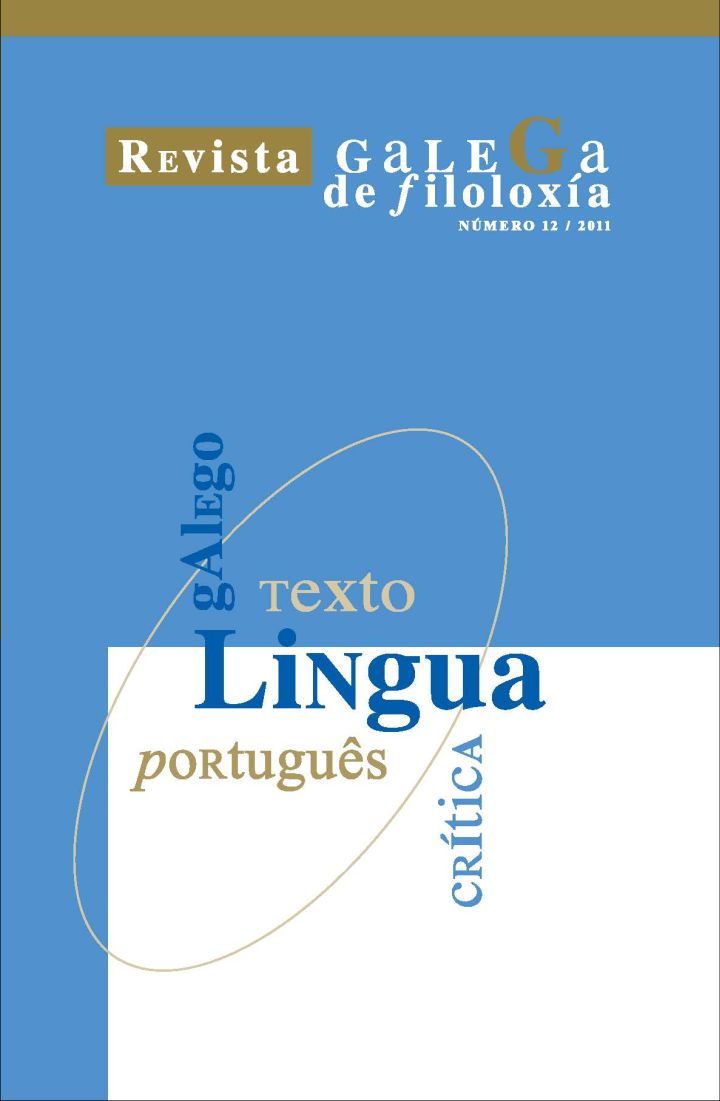Assessment of suffixed word processing in European Portuguese. Challenges in adapting morphological tests for the Portuguese version of PAL (Psycholinguistic Assessment of Language)
Main Article Content
Abstract
The PAL-PORT is the recently adapted European Portuguese version of the Psycholinguistic Assessment of Language (PAL), originally developed for the English language by Caplan (1992). This battery includes subsets of tests pertaining to, amongst others, aspects of morphological processing. In this paper the authors discuss the main challenges faced in selecting the derived suffixed words included in the the PAL PORT’s lexical decision test and production of affixed words test. Word selection criteria are critically reviewed considering the manner in which different suffix and derived word properties (especially morphophonological) interact with potentially alternative processing modes (holistic or (de) compositional) of morphologically complex words.
Keywords:
Downloads
Metrics
Article Details
References
Allen, M. / Badecker, W. (2001): “Morphology: the Internal Structure of Words”, em Rapp, B. (ed.), The Handbook of Cognitive Neuropsychology. What Deficits Reveal about the Human Mind, 211-232 (Philadelphia: Psychology Press).
Almeida, A. L. (2009): Produção de nomes agentivos deverbais em português língua materna (L1) por alunos do ensino básico. Tese de Mestrado inédita apresentada à Universidade de Coimbra.
Aronoff, M. (1976): Word Formation in Generative Grammar (Massachusetts: MIT Press).
Benedet, M. J. (2006): Repertorio de instrumentos para la evaluación neurolingüística de las alteraciones del lenguaje (Madrid: Editorial EOS).
Caplan, D. (1992): Language: Structure, Processing, and Disorders (Cambridge, MA.: MIT Press).
Chomsky, N. / Halle, M. (1968): The Sound Pattern of English (New York: Harper & Row Publishers).
Festas, I. / Leitão, J. A. / Formosinho, M. D. / Albuquerque, C./ Martins, C. / Branco, A. / André, L. / Lains, J. / Rodrigues, N. / Teixeira, N. (2006): “Uma bateria de avaliação psicolinguística das afasias e de outras perturbações da linguagem para a população portuguesa”, em Machado, C. et al. (orgs.), Actas da XI Conferência Internacional Avaliação Psicológica: Formas e Contextos, 719-729 (Braga: Psiquilibrios).
Ford, M. A. / Davis, M. H. / Marslen-Wilson (2010): “Derivational morphology and base morpheme frequency”, Journal of Memory and Language 63, 117-130.
Jarmulowicz, L. D. (2002): “English derivational suffix frequency and children’s stress judgments”, Brain and Language 81, 192-204.
Kiparsky, P. (1982): Lexical Phonology and Morphology, em The Linguistics Society of Korea (ed.), Linguistics in the Morning Calm, 3-91 (Seoul: Hanshin Publishing Co.).
Mateus, M. H. M. / d’Andrade, E. (2000): The Phonology of Portuguese (Oxford: Oxford University Press).
Nascimento, M. F. B. (coord.) (2003): CORLEX. Léxico Multifuncional Computorizado do Português Contemporâneo (Lisboa: Centro de Linguística da Universidade de Lisboa). Disponível em http://www.clul.ul.pt/sectores/linguistica_de:_corpus/projecto_lmcpc.php [consult. 11.01.2011].
Pereira, I. (1999): O acento de palavra em português. Uma análise métrica. Tese de doutoramento inédita apresentada à Universidade de Coimbra.
Rio-Torto, G. (1998): Morfologia derivacional. Teoria e aplicação ao português (Porto: Porto Editora).
Rodrigues, A. S. (2008): Formação de substantivos deverbais sufixados em Português (München: LINCOM [LINCOM Studies in Romance Linguistics 57]). Inclui CD-Rom.
Shapiro, K. / Shelton, J. / Caramazza, A. (2000): “Grammatical Class in Lexical Production and Morphological Processing: Evidence from a Case of Fluent Aphasia”, Cognitive Neuropsychology 17 (8), 665-682.
Siegel, D. (1974): Topics in English Morphology (Massachusetts: MIT Press).
Ullman, M. T. (2004): “Contributions of Memory Circuits to Language: the Declarative/ Procedural Model”, Cognition 92, 231-270.
Ullman, M. T. / Corkin, S. / Coppola, M. / Hickok, G. / Growdon, J. H. / Koroshetz, W. J. / Pinker, S. (1997): “A Neural Dissociation within Language: Evidence that the Mental Dictionary Is Part of Declarative Memory, and that
Grammatical Rules are Processed by the Procedural System”, Journal of Cognitive Neuroscience 9 (2), 266-276.
Vannest, J. / Polk, T. A. / Lewis, R. L. (2005): “Dual-Route Processing of Complex Words: New fMRI Evidence from Derivational Suffixation”, Cognitive, Affective, and Behavioral Neuroscience 5, 67-76.
Windsor, J. / Hwang, M. (1999): “Children’s Auditory Lexical Decisions: a Limited Processing Capacity Account of Language Impairment” Journal of Language, Speech and Hearing Research 42, 990-1002.



